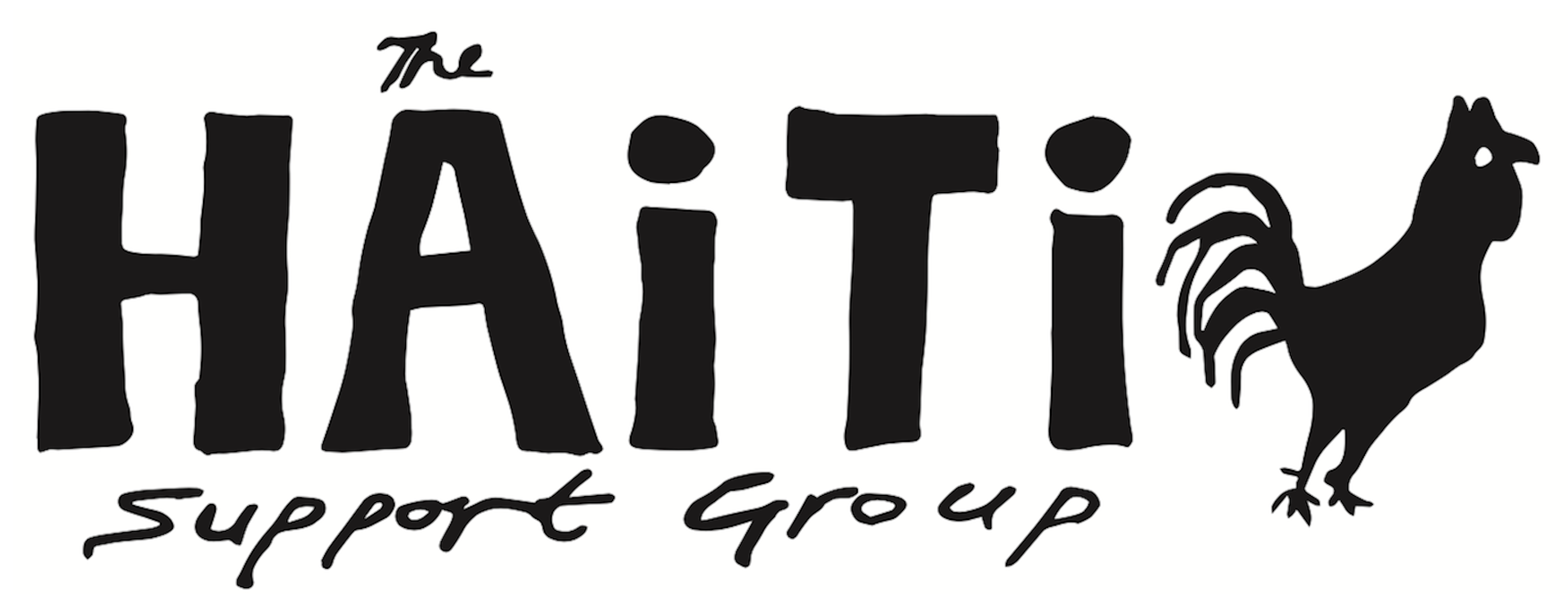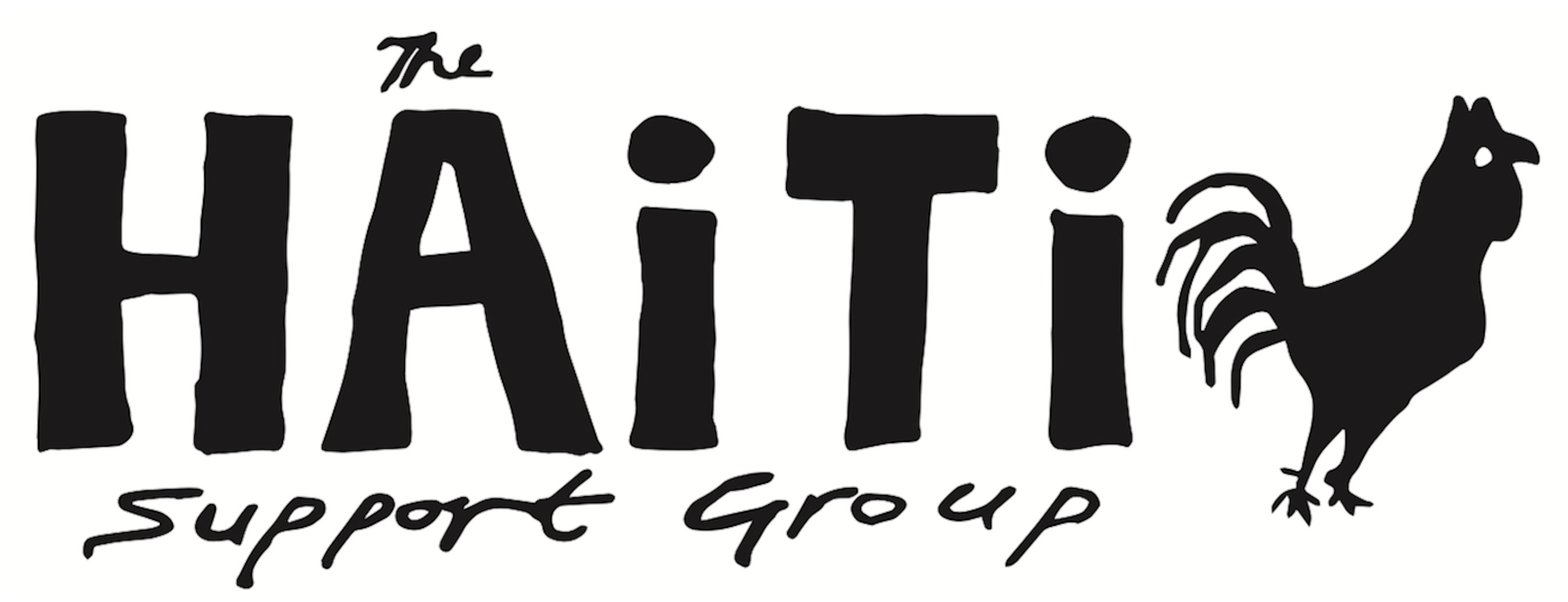Government to unveil 10-year plan for water and sanitisation as evidence grows that peacekeepers were source of infection
November 29,2012 by Jonathan Watts, The Guardian. Original article here. Haiti is to call upon the international community for more than $2bn to fight cholera amid growing evidence that the world’s worst epidemic was started by UN peacekeepers.
The government’s 10-year plan to improve sanitation and water provision will be unveiled with the backing of foreign aid groups and the UN, which is accused of one of the greatest failures in the history of international intervention.
It follows reports of a recent spike in cholera cases in the wake of hurricane Sandy and warnings from NGOs that the US and other big donors are cutting back on funding for disease control.
A growing body of medical research points the finger at Nepalese peacekeepers as the source for the pathogen, which had been unheard of in Haiti for a century until the death in October 2010 of a villager who lived downstream of the UN camp in Mirebalais.
Since then, cholera has spread along the river, across the flood plains and into the slums of the capital, Port-au-Prince. About 6% of the population have been infected and more than 7,500 people have died – a higher toll than the political violence that brought the peacekeepers to Haiti.
According to the World Health Organisation, the 340,000 cases in Haiti last year were more than the rest of the world put together. This year, cases have declined, but hundreds of new infections are still being diagnosed every week, particularly in the wake of hurricane Sandy.
Last week the International Organisation for Migration says Haitian officials had reported a spike of 3,593 cholera cases since the middle of October. The organisation’s spokesman, Jumbe Omari Jumbe, told reporters in Geneva: “The numbers are going up particularly in [refugee] camps around the capital, Port-au-Prince.”
The government will ask for more than $500m (£315m) for the next two years in a short-term emergency response to the epidemic. Another $1.5bn or so will be requested for the following eight years to eliminate the disease.
While this plan will call on funds from private donors, corporations, NGOs and international bodies, many victims and activists believe the UN must take a greater responsibility because its personnel are likely to have brought the cholera to Haiti.
The UN has not accepted culpability. It launched an investigation into its role, but a panel of experts concluded in 2011 that the outbreak was not the fault of “any group or individual”.
Although it acknowledged inadequate sanitation at the Mirebalais barracks as a possible source of the bacterium, it said this was not completely certain and that other factors – including poor public sewage systems and water treatment – contributed to the outbreak.
However, a former panel member – US cholera specialist Daniele Lantagne –recently cited new data that suggests the Nepalese troops were most likely to have been the source. Based on full genome sequencing, she concluded: “We now know that the strain of cholera in Haiti is an exact match for the strain of cholera in Nepal.”
This backs up long-held suspicions of locals in Mirebalais. Although the Nepalese troops have been replaced by Uruguayans and the sewage canal from the camp has been cleaned up, residents have not forgotten or forgiven what the UN peacekeepers did to their area.
“The troops were shitting and pissing in the river. It used to stink. Many people got sick,” said Johnson Pierre as his girlfriend washed clothes in the stream. “We don’t like the UN. They have given us nothing. They’re not clean. And we are still getting cholera.”
In Meye village, which sits across the road from the barracks, a sign above the first house reads: “Have Mercy Nepalese.”
Everyone in the community has either had cholera or knows a relative or neighbours who has been infected.
“There were people dying in hospital and I thought I was going to join them,” says Audeline Louis-Jeune, a 23-year-old villager who was one of the first to suffer in 2010. She is unsure how she was infected, but like all the local residents she has never stopped using the river to wash clothes.
At the hospital in Mirebalais, medical staff recall the first cholera patient they saw on 17 October 2010 – a woman from Pageste village. Since then, they have accepted thousands of cases despite education campaigns to encourage locals to be careful about possible sources of infection. “It’s very difficult in Haiti to get treated water. Many people have no choice but to use the river for washing, despite the risk of contamination,” said Thelisma Heber, a doctor with the Partners in Health NGO.
Asked if the outbreak was linked to the UN base, Heber was cautious. “I don’t have the information to prove that the Nepalese troops are the origin. All I know is that before 2010, there was no cholera.”
Last year, a coalition of lawyers and campaigners lodged a multibillion dollar claim at the UN headquarters for 5,000 plaintiffs. It demands $100,000 compensation for each of the families of the victims and calls on the UN invest at least $750m in the water infrastructure of Haiti, which ranks last on global water poverty indexes despite its many rivers, lakes and streams.
In its 67-year history, the world body has never set up a committee to assess large-scale claims for compensation, although its rules permit it to do so. But momentum is building behind the Haiti case.
“There is general agreement that this wall of impunity is going to come down at one time or another,” said Brian Concannon, director of the Institute for Justice & Democracy in Haiti. “If any case should do it, this would be it as the case is so clear. We are on right side of the tide of history.”
His group plans to expand the lawsuit to include thousands more cases. If the UN fails to respond, he says lawyers are preparing to file the case in a national court in the US, Haiti or Europe.
Pressure for action is also coming from grassroots organisation. Haitian senators are also drafting a resolution calling for reparations that will be submitted next month, according to Camille Chalmers of the Haitian Platform to Advocate Alternative Development.
“If the UN doesn’t take responsibility, there’ll be protests,” he says.
The UN’s head of humanitarian affairs in Haiti, Nigel Fisher, said the matter was under consideration by the organisation’s lawyers. “Obviously we are aware of the latest reports and analysis. Unfortunately, we have to leave this in the hands of the legal process until they have worked that through,” he said. “I hope that is sooner rather than later. We’d all like to put that issue behind us so we can contain the continued epidemic.”
Though cholera deaths have fallen from 7,000 up until the end of 2011 to 600 this year, they continue to tarnish the UN’s reputation and add to doubts about whether the $600m of foreign aid being poured into Haiti each year is helping or hurting the country.
Cholera is not just a disease of the poor; it is a disease that worsens poverty. Villagers must now buy bottled water to drink and cook. They need chlorine to purify water before they bathe. Poor governance and the dire conditions in much of Port-au-Prince add to the problems.
Driving past street vendors selling meat and vegetables off a floor littered with rubbish and puddled with murky water, Mathieu Fortoul of Médecins sans Frontières explained the risks.
“You can see why it has spread,” he said. “People know the risks, but they lack the means to protect themselves. The problem here is that people don’t have access to soap and drinkable water.”
The death toll would be much higher if it were not for the tented control centres that have sprung up around the country. The facilities are basic, but effective: beds, drips, disinfectant and careful segregation of confirmed and suspected cases.
At the Carrefour centre, five-year-old Yvena Marcellus was brought with the typical symptoms of diarrhoea and vomiting. She still has stomach ache but is likely to make a full recovery. “We don’t know how she got infected. She was just playing on the ground,” said her aunt, Mikerlande Eugene.
The Haitian government has practically renounced any responsibility for cholera treatment in the capital. Even before a recent doctors’ strike, hospitals were turning away patients or referring them to foreign NGOs.
“If we are over capacity, it is because of the health ministry. They refer all cases to NGOs, but with the fall in international funding, there is a struggle,” said Fortoul. “In May we treated 70% of the cholera cases in Port-au-Prince. At the peak, that was 500 cases in a week. Two years after the start of an epidemic, that’s not normal. The ministry of health should take responsibility. We shouldn’t be a substitute.”
NGOs are finding it harder to get donations.
Louise Ivers, a senior adviser at Partners In Health, said the US government’s funding for their Haiti cholera programme would run out in February. “But the emergency isn’t over. Cholera is still a leading cause of death in Haiti and we continue to see cases spike with rain,” she said.
While a new drive for funding is prepared and the legal wrangles continue, the disease continues to take a toll – and there is little optimism that it will be eradicated in the near future. “Haiti had never seen a case of cholera before October, 2010, yet somehow needless cholera deaths are beginning to be accepted as the new norm. That is an outrage that we cannot accept,” Ivers said.

